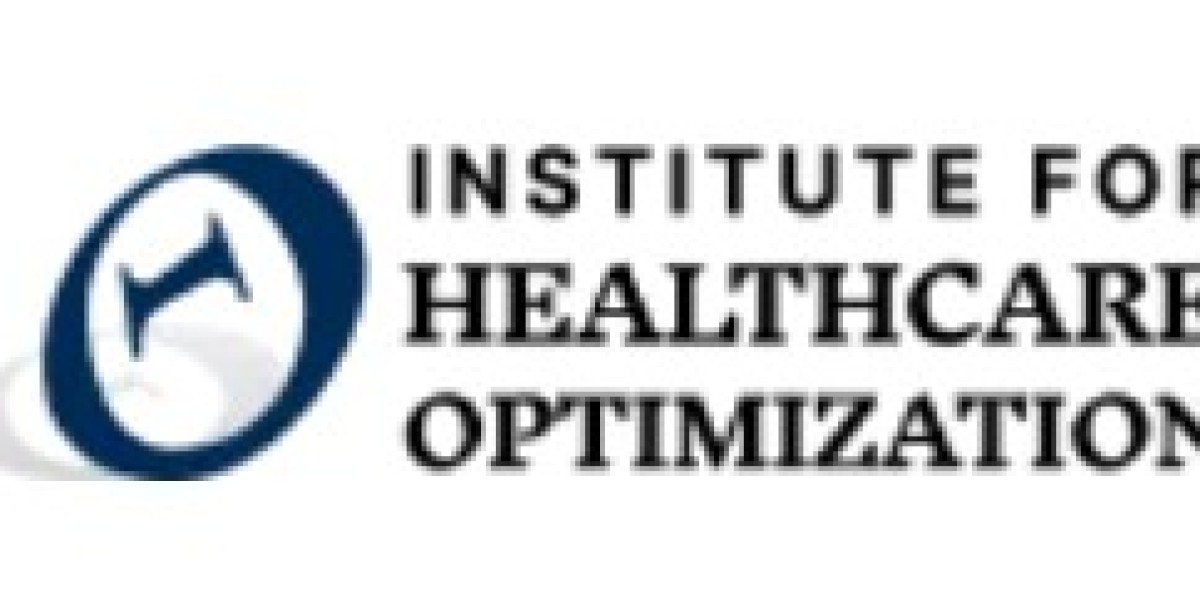Effective patient flow is a vital issue in contemporary health systems. It means moving the patient across various levels of care. It begins with patient admission, continuing until diagnosis, therapy, and discharge. Good patient flow cuts wait times, boosts care quality, and keeps the hospital safe.
But achieving this balance requires more than local solutions. It often relies on insights, research, and guidance from healthcare institutes. We are examining the Institute for Quality and Efficiency in Health Care in the USA. We will study how they influence patient flow management. Hospitals can gain valuable insights from their expertise.
What Does Patient Flow Mean in Healthcare?
Patient flow is how patients move smoothly through different care points in a hospital or healthcare system. A smooth flow ensures that:
Emergency rooms don’t become overcrowded
Patients receive timely diagnoses and treatments
Hospitals use beds efficiently.
Discharge processes are well-organized
When patient flow is disrupted, it can lead to delays in care. This may cause more medical errors, staff burnout, and higher hospital costs.
Importance of Healthcare Institutions
Healthcare institutions are important. They combine knowledge, data, and expertise from various healthcare systems. They even gather data from across the world. Hospitals can do better when they work together. They can use proven strategies and evidence from around the world. This shared insight helps address common problems. These include overcrowding and a lack of resources.
Local hospitals often deal with specific challenges. These include limited staff, rising patient demand, and outdated systems. Healthcare institutions provide research-based guidance, policy recommendations, and tools. This helps hospitals tackle these issues effectively.
Their role is essential because they:
Collect and analyze massive data on healthcare outcomes
Publish evidence-based strategies for managing hospital resources
Share successful case studies from different countries
Help set global standards for efficiency and safety in healthcare
Key Contributions of Healthcare Institutes
Healthcare institutes contribute in many ways to improving patient flow. Their efforts range from high-level research to practical on-ground training for healthcare professionals. These institutes connect research to real-world practices. They bridge the gap between theory and action.
Research and Evidence-Based Guidance
There are several prominent organizations in the U.S. focused on health care. They conduct independent studies to test treatments, workflows, and care models. Their findings help hospitals adopt strategies that improve both patient safety and efficiency.
Standardizing Best Practices
Medical organizations identify best practices from across healthcare systems nationwide. One country’s way of handling overcrowding in emergency rooms might work in another.
Education & Training
Many institutes provide training modules and educational resources for healthcare professionals. This empowers staff to make informed decisions in real time.
Technology and Digital Tools
These institutes promote data-driven systems. This helps hospitals use smart patient flow solutions. Examples include predictive analytics, bed management software, and electronic health records.
How Do Patient Flow Solutions Improve Care?
Patient flow solutions are hospital tools that make hospitals faster and more efficient. Patient flow solutions enable hospitals to handle large patient volumes. They do this without reducing the quality of care. Patient flow solutions enable administrators and healthcare workers to forecast demand. They also allow them to schedule resources and quickly adapt their patient volumes. They may contain:
Predictive modeling for predicting patient surge
The bed management system for space optimisation
Prioritizing urgent cases under triage models
Discharge planning instruments for lower delays
These solutions, combined with studies by health institutes, provide safer and more efficient healthcare systems. They further prepare the systems better for disasters.
Real-World Impact: Guidance in Action
Healthcare institutes have proven their influence in real-world scenarios. Their advice has helped hospitals handle crises better. It also improves daily care management with precision.
Research institutes assisted hospitals during the COVID-19 pandemic. They helped predict patient surges and adjust care models.
In Europe, hospitals used evidence-based discharge planning to reduce bed shortages.
In the U.S., they used patient flow software guided by international recommendations. It has greatly reduced waiting times in emergency departments.
These examples show how medical insights from such institutes can make a direct difference in local hospital management.
What Can Hospitals Do to Improve Patient Flow?
Hospitals can act today by adopting lessons from these healthcare institutions. Hospitals can apply the lessons by making proactive changes to their systems. The goal is to give patients timely care. At the same time, healthcare staff should work efficiently and not feel overwhelmed. Action steps include:
Reviewing international guidelines and case studies
Training staff on efficient communication and handoff procedures
Implementing digital tracking tools to monitor patient flow
Collaborating with external organizations for continuous improvement
Final Thoughts
Patient flow is often considered a local management issue. But they can learn many beneficial lessons from healthcare institutes. Hospitals can learn from research. Using evidence-based practices helps them cut delays. They can also boost care quality and use resources better.
Healthcare institutes are responsible for making policies. They are also research leaders. That makes them central in healthcare operations. Their skill in creating, testing, and sharing patient flow solutions helps healthcare systems. This ensures safer, faster, and more efficient care for every patient.






